About CT
"With more than 30 years of experience in the field, CT Hart has a background that is largely in digital imagery and print. He has played key roles in providing book design and layout, website graphics, technical illustration, magazine and catalog production, photo manipulation and a wide variety of other projects. He is an accomplished creative director, graphic designer, project manager, technical illustrator, artist, and photographer."
What would you like to know about me?
This page is intended to be an introduction to me, the way I work, the way I think, and some of the things I've done. In short - it is a way to begin to get to know me.
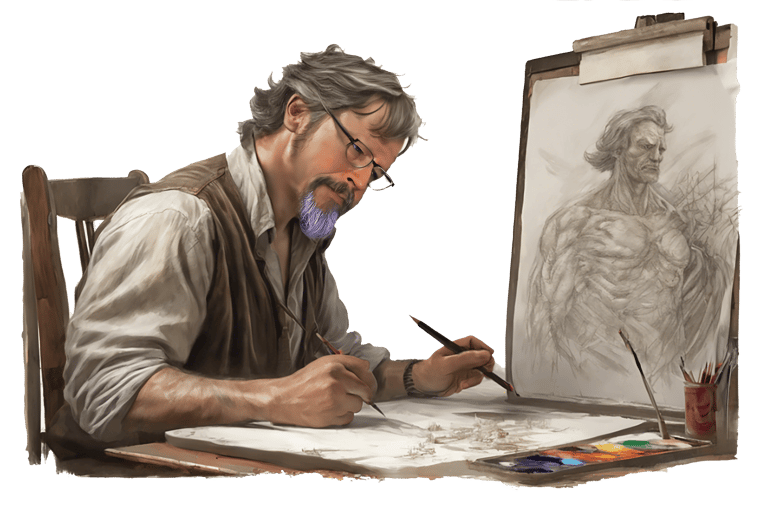

In the Beginning
Origin Story for an Agent of Change
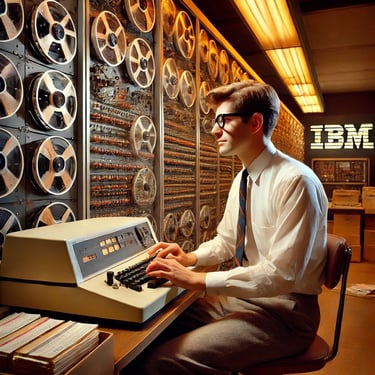

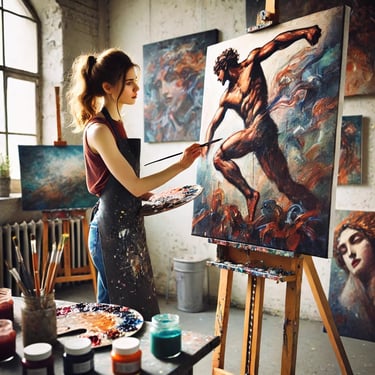

As the child of a computer scientist and a classic oil painter, I was fortunate to have an early exposure to training in both creative expression and the methods and skills of analysis for effective execution. By the age of 11 or 12 I was playing with IBM Mainframe computers, trying to do creative things with them (images, not data processing). My creative side demanded that I use even punch cards and chads for fun, while coding Fortran and APL was where it was assumed my future would lay.
In those days, a promotion meant moving, so my father's job had me changing schools nearly every year, providing an education that was fragmented and sometimes scattered. I learned early to satisfy my curiosity about any given subject myself and became a voracious consumer of encyclopedias and non-fiction (or science fiction) with late nights reading volumes from the library or my father's collection.
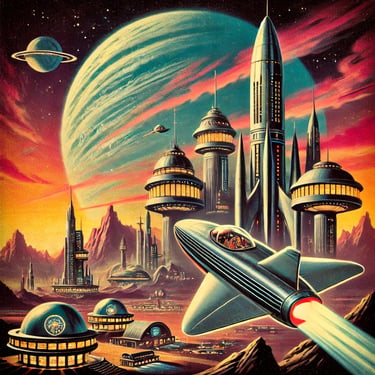

As the oldest of 5, I developed my leadership abilities early and I learned to adapt to change, always the new kid at school, always having to make new friends, always adapting to shifts in local culture, with the liberty to rebrand myself and try new things in each new environment. I grew to appreciate change and the opportunities it provides.
Early Work
Tenacious as a Bulldog When I get a Bone I Like
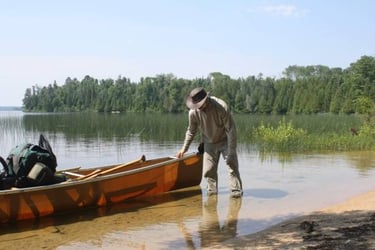

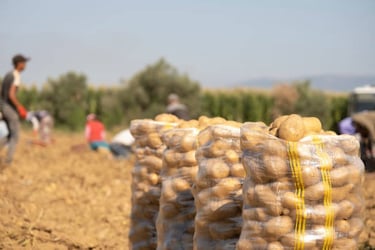

I learned early to work hard in pursuit of my goals, spending my summers away from school doing and learning about a variety of things - I worked the fields alongside migrants, drove warehousing forklift, was a wilderness canoe guide, trained with firearms as a nuclear security guard, flipped burgers as a short order cook, volunteered with search and rescue, and of course I delivered papers.
My "first career" started with being hired as a security guard at Hewlett-Packard. I quickly bored of that and broke into their Data Center Operations as a third shift Operator.
A few years later I was Supervising on 2nd and 3rd shifts, then all shifts 24x7 with 24 reports. Followed by an inspiration that had me designing data center operations and ...
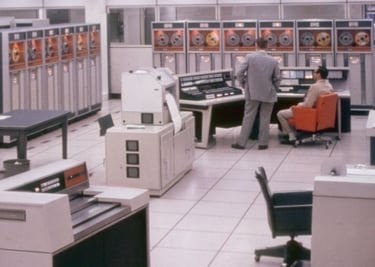



Now I am a proud graduate of UNC,
having obtained a Bachelors of Fine Art
with an emphasis in Graphic Design.
... presenting around the world with a team of coworkers who'd had similar ideas on how to consolidate operations into a single facility. At that point I was several promotions beyond where I was supposed to have a university degree, and they wanted me to go back to school. But at that point my presentation skills were in such demand that I chose to go back for my degree in graphic design.
Design Thinking
I'm a designer, an artist, an enthusiastic collaborator and problem solver.
My approach to graphic design (as with so many things) is to treat the client's challenge as an opportunity to solve a problem. My approach to taking on these opportunities is what some call "Design Thinking" - a problem-solving methodology that helps one develop solutions to even the most complex problem.
In a nutshell, these are the tactics for applying that strategy:
Define the problem:
For graphic design this means getting a clear concept of the message and who it's intended to reach, this often involves gathering information from many sources and understanding the stakeholders.Research the message:
This may involve looking at the competition, at history, etymology, regional and cultural differences, etc.
The better we understand the message and the audience, the better we can deliver it.Ideation:
Brainstorm, dream, generate ideas that might be possible solutions.
At this stage, no idea is too silly, too weird, or impossible to execute.Prototype:
Create mockups, sketches, whatever will convey the idea completely enough for all stakeholders to understand what a completed solution might look like.Test:
Test the best ideas with the stakeholders.
Gather feedback and refine, repeating at least steps 4 and 5 as many times as required to find the best solution(s).Execution:
Once we’ve identified the best solution(s), we implement and put the product of our efforts into production/publication.
Whenever possible, we should monitor, re-examine, and adjust our solution as necessary.
It is not unusual for a client to find me when they are somewhere in the middle of this process, having already defined the problem or determined the solution (or something like it) that they wish to pursue. Wherever you are in the process, we typically go from that point forward.
I've found this approach to be very effective in creating positive outcomes and a final product you are happy with.
Design Values
What Lies Beneath. . .
UNDER PROMISE AND OVER DELIVER
Self-promotion doesn’t come naturally to me...
My focus is always on delivering beyond expectations rather than overselling. My goal is to deliver results that speak for themselves.
EFFICIENCY
Multitasking is an essential part of the graphic arts, and I regularly navigate the complexities of managing multiple projects at once. At the same time, I’m always seeking ways to work more efficiently delivering results faster while optimizing time and resources.
I’ve also come to understand that while attention to detail is crucial, perfection isn’t always the ultimate goal. More often than not, the priority is clear and effective communication. If my design successfully conveys the intended message, it serves its purpose—though earning recognition along the way is always a welcome bonus.
COLOR / ICC PROFILES
With experience in printer/press sales, service, and publications like magazines and catalogs, I have a strong understanding of color precision. I’m well-versed in Pantone and INX color matching, as well as the application of ICC profiles to ensure consistent, accurate color reproduction every time.
My art degree further deepens my knowledge of color theory, including its psychological, physiological, and cultural impacts. Whether your project reaches a local market or a global audience, I recognize the nuances—like avoiding certain imagery or colors that may carry unintended meanings in different cultures.
TIME MANAGEMENT
Prioritize & Plan – Rank tasks by deadline and priority, break projects into milestone, use tools (calendars and applications like Trello or Asana).
Time-Block & Focus – Schedule design, revisions, and meetings separately; use techniques like Pomodoro.
Manage Expectations – Set realistic deadlines, communicate proactively, and allow buffer time for revisions.
Streamline & Automate – Use templates, design libraries, A.I. and shortcuts to speed up repetitive tasks.
Minimize Distractions – Set boundaries, block interruptions, and maintain an organized workspace.
Balance Creativity & Efficiency – Avoid perfectionism, set brainstorming limits, and take breaks for fresh ideas.
Reflect & Improve – Review project workflows, adapt strategies, and stay flexible.
COLLABORATION
I've worn many hats, sometimes simultaneously, but it's the collaborative process that I enjoy most - building a good team of disparate players, scheduling the assets, and bringing a concept to fruition through solid planning and the creative problem solving that project constraints routinely require.
MAC or PC
For nearly three decades, I’ve managed and worked on a diverse range of graphic communications projects, utilizing various methods, platforms, and applications. (My project management experience actually dates back even further to my early work in environmental design and data center relocation.) I’m platform-agnostic—whether it’s Unix, macOS, or rocks, I’ll use whatever tools are available to me to get the job done.
CHANGE
Change is always a challenge, but I’ve learned to adapt more readily than most. Maybe it stems from a childhood of constant moves—new places, new schools—or perhaps it’s just part of my nature. Either way, I embrace change with less hesitation than most, seeing it as an opportunity rather than an obstacle.
HYBRID, ON-SITE, or REMOTE
I enjoy collaborating on-site—working together often sparks a unique synergy that leads to insights you wouldn’t gain alone. However, the office also comes with distractions and countless small interruptions that can add up throughout the day.
At home, I can minimize distractions and maximize focus, making my workflow more efficient. I appreciate both environments, but what I don’t enjoy is the commute. If the office is where I’m needed, I’ll be there—but when it comes to time management, I prefer the control and productivity of working from home.
EGO
I'm not sure if my ego is so small that I don't usually assert it, or if it's so large that it doesn't need to assert itself. Feel free to ask anyone who's worked with me which it is...
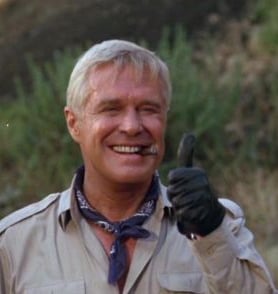

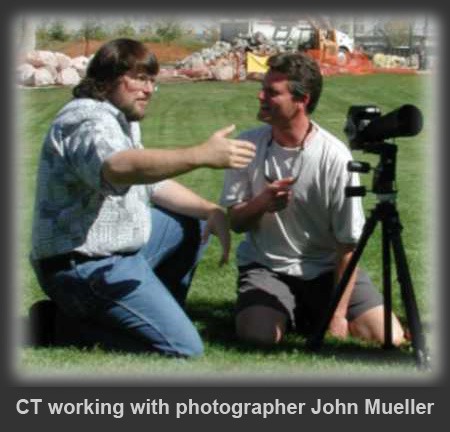

"I love it when a plan comes together"
BUSINESS MINDED
My first few "real jobs" as a Graphic Designer were eye-opening. I was surprised to learn that I was replacing designers who consistently struggled with professionalism—they arrived late, missed deadlines, failed to communicate, resisted feedback, and refused to iterate. Some were even unpredictable and made projects more costly.
Coming from an I.T. background, where I was used to working around the clock to provide reliable service, these habits were shocking to me. I made a commitment early on to never fall into those patterns. Meeting deadlines, communicating clearly, and staying adaptable are non-negotiable standards I hold myself to.
CUSTOMER SERVICE
My early experiences taught me the mindset that everyone is my customer—not just external clients, but also coworkers, management, vendors, and anyone I interact with. I believe that, with few exceptions, every interaction is a form of collaboration, and I strive to find outcomes that benefit everyone involved.
PROJECT MANAGEMENT
Early in my career, I was tasked with planning the relocation of data centers across geographic locations, ensuring zero downtime—something you wouldn't typically expect from such a complex move. Successfully completing these high-stakes projects, with hundreds of moving parts and millions of dollars in materials and resources at risk, has made everything I've managed since seem less challenging in comparison.
Over the years, I’ve produced a wide variety of marketing materials across multiple media platforms, overseeing every stage from concept to final production. Along the way, I’ve gained insights and experience that go beyond the norm. Always ready for new challenges, I’ve managed media design for nonprofits, projects with shrinking budgets, tasks with competing priorities, and even ever-changing teams or conflicting managers.
TEAMWORK
I am a hard-working team player who can turn out award-winning work, avoid an international faux pas, and/or corral the resources needed to complete your projects on time and under budget. As mentioned earlier, I value collaboration, and I don't really care who takes credit for good work.


Skills
What don't you want a Designer to do?
What I don't know - I'm eager to learn.
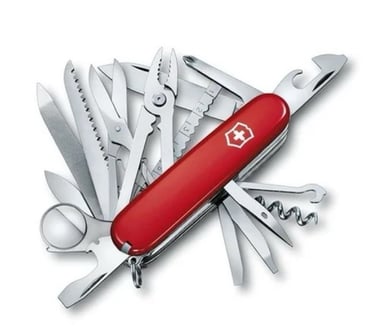

Adobe CS
High Proficiency: Photoshop, Illustrator, InDesign, Acrobat
Some Experience: Dreamweaver,
MS Office
High Proficiency: PowerPoint, Word
Some Experience: Excel, Access
OS Platform
High Proficiency: Windows
Moderate Proficiency: MAC
Some Experience: UNIX
Collaboration Tools
High Proficiency: Teams, Zoom,
Moderate Proficiency: SharePoint
Some Experience: Figma, Canva
Branding
High Proficiency: Adhering to Brand Guidelines
Some Experience: Creating Brands / Guidelines
Photography
High Proficiency: Photo Shoot Direction
Some Experience: Photo Styling, Product and Landscape Photography
Design for Print/Prepress
High Proficiency: Digital Press, Web Press, Wide Format
Some Experience: CNC
Print/Printer Support*
High Proficiency: Digital Press, Web Press, Wide Format
Moderate Proficiency: FIERY RIP
Some Experience: Creo RIP*
Drafting / CAD*
4 Years: Architectural & Mechanical drafting training*
HTML/CSS* *Outdated Experience
Moderate Proficiency: HTML*
Some Experience: CSS*
Website Design*
When I started designing, there was no World Wide Web yet ― as it developed, I created for it ― starting with hyperlinked pages, which were coded using HyperText Markup Language (HTML) as domains developed and websites became a necessary tool, I built websites for a varity of businesses (a century ago).
I used HTML and CSS with a few JavaScript applets, today HTML5 is the code of choice.
My design training was "AUDIENCE-FOCUSED" which was common design practice well before UI or UX were a thing, and here's an explanation of the difference:
10 + years -- Design Principles
10 + years -- Branding
10 + years -- Marketing
10 + years -- Ideation
10 + years -- Time Management
10 + years -- Project Management
10 + years -- Communication
10 + years -- Collaboration
10 + years -- Storytelling
10 + years -- Creative Problem Solving
10 + years -- OCR Editing
10 + years -- Typography
10+ years -- *Outdated experience
with tools like:
QuarkXpress
WordStar
FrameMaker
Corel Draw
Corel PhotoPaint
Gimp
Flash
HTML + CSS
and many others...
Audience-Focused Design
✅ Definition:
Audience-focused design is a broad approach that prioritizes the needs, behaviors, and expectations of a specific target audience when creating a product, service, or experience.
✅ Key Aspects:
Centers on user research, psychology, and behavior
Addresses user pain points, goals, and preferences
Influences overall strategy and user experience (UX)
Can apply to marketing, branding, content, and product design
✅ Example:
A fitness app designed for senior citizens would emphasize larger fonts, simple navigation, and clear instructions based on their needs.
UI (User Interface) Design
✅ Definition:
UI design is a specific discipline within user experience (UX) design that focuses on the look, feel, and interactivity of a digital product’s interface.
✅ Key Aspects:
Deals with visual design, typography, colors, buttons, and layout
Ensures interfaces are intuitive, aesthetically pleasing, and functional
Works closely with UX design to create a seamless experience
Primarily focused on digital products (websites, apps, software)
✅ Example:
A well-designed navigation bar, call-to-action button, or login form on a website is the result of UI design.
How They Work Together:
Audience-focused design informs UI design. Understanding the target audience helps create an interface that meets their needs.
UI design brings audience-focused insights to life visually.
A UI designer ensures that the interface is not only attractive but also usable and accessible for the audience.
AUTODIDACTION
Most of my education, from a young age, has been self-taught.
(These are the things I'm learning to use.)
The application of UI/UX
FIGMA
CANVA
A.I. Tools
Motion Design
Video Editing
Edited explainer videos using PowerPoint
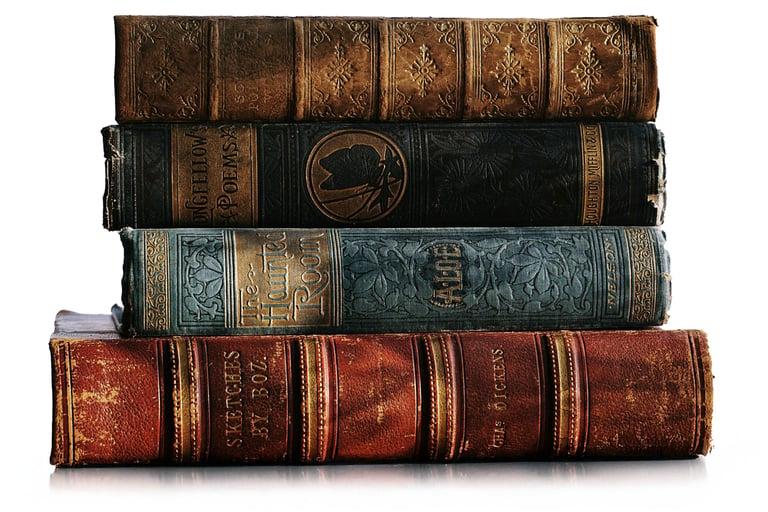

Awards
AWARDS:
• The Angie Southard award for creativity in the arts
• The Society of Technical Communications Award of Merit for Online Books and Award of Merit for Hardware / Software Combination Guides
• The KMBS “Above and Beyond”
award of excellence for customer service


